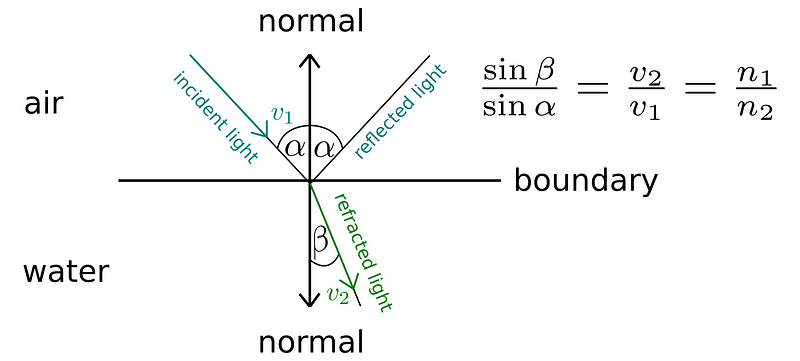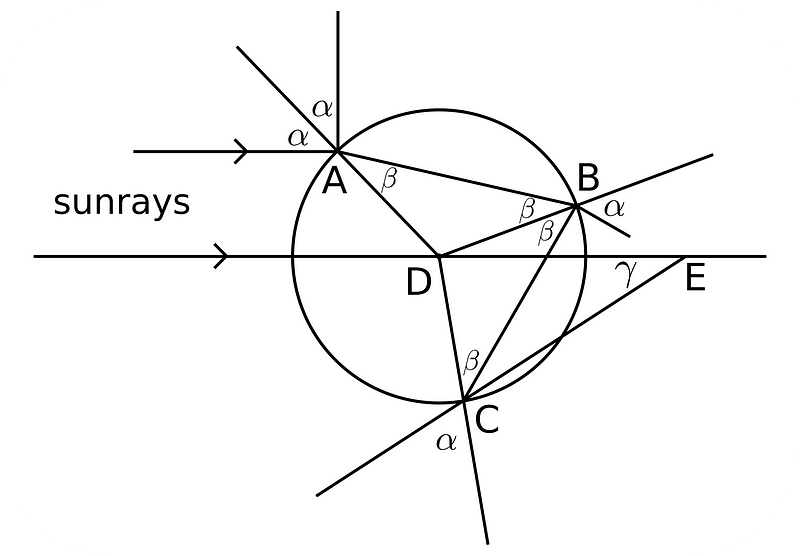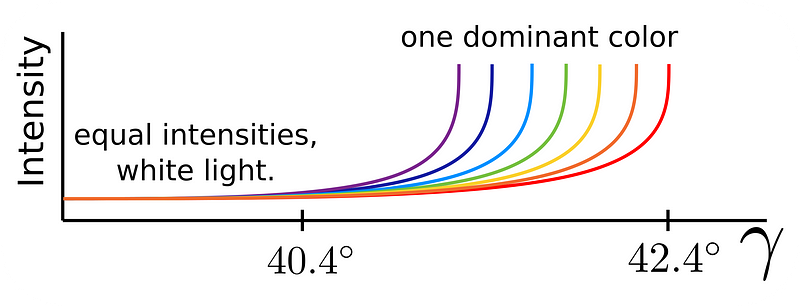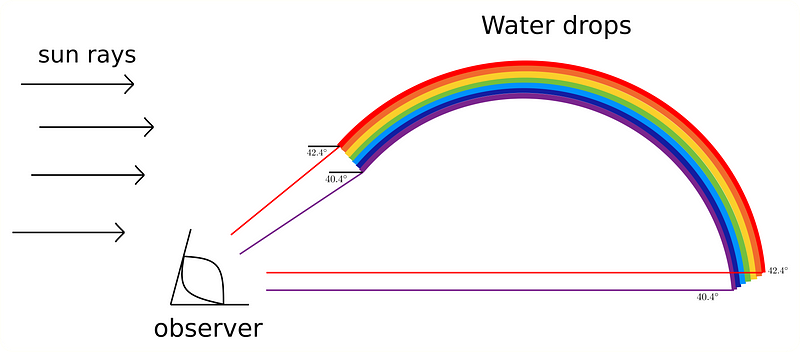The Science Behind Rainbows: Understanding Their Formation
Written on
Chapter 1: The Mystique of Rainbows
Rainbows have captivated human imagination for centuries. They are often seen as symbols of hope, fortune, and joy. From folklore to modern interpretations, these colorful arcs in the sky are linked with positive emotions and dreams of treasure, as the legends suggest a pot of gold waiting at their end. While the reality of treasure may be far-fetched, the visual beauty of rainbows continues to enchant all who behold them.
As a curious child, I was always eager to learn and question the world around me. The phrase "rainbow in the sky" would have me rushing outside faster than an Olympic sprinter. I believe many children share this sense of wonder and excitement.
Preliminary Inquiry: What Causes a Rainbow?
At the core of rainbow formation is the understanding that white light is a combination of various colors. When this light passes through a medium capable of dispersing it, such as water droplets, the different colors separate due to variations in their speeds. Each color has a unique frequency, leading to distinct angles of refraction. As a result, colors diverge from one another, creating the beautiful spectrum we see.
Understanding Dispersion
Dispersion occurs when light travels through a medium that refracts it.

The phase velocity of light is affected by its frequency, which varies across the spectrum.

Snell's Law and Refraction
Snell's Law describes how light bends as it passes between different media, relying on the angles of incidence and refraction relative to the normal at the boundary. This principle arises because light seeks the path that requires the least time.

The index of refraction, which compares the speed of light in a vacuum to its speed in another medium, plays a critical role in this process.
The Role of Water Drops in Rainbow Formation
The key to a rainbow's formation lies in how sunlight interacts with individual water droplets. When light strikes a droplet, some of it reflects off the inner surface while the rest refracts, causing the colors to spread apart.

For a rainbow to be visible, an observer must look away from the sun at a specific angle. The light that exits the droplet at this angle creates the familiar arc.
Calculating Angles for Maximum Visibility
To understand the angles at which different colors emerge from a droplet, we analyze the triangle formed by the light rays.

Using geometric calculations, we can find the angles that allow for the best visibility of each color in the rainbow.

The Interaction of Light and Color Intensity
Each color forms its own distinct cone of light, which prevents them from blending into a single white light. The human eye perceives color based on the relative intensities of the wavelengths.

The Collective Creation of a Rainbow
The formation of a rainbow results from the interaction of countless water droplets, each contributing to the overall effect. When sunlight hits these droplets, light is refracted and reflected, allowing observers to see the rainbow when standing at a specific angle.

Explore the fascinating phenomenon of rainbows and their underlying principles in this engaging YouTube video.
Chapter 2: Delving Deeper into Rainbow Physics
Understand the intricate physics behind rainbows and how they are formed in the atmosphere with this educational video.